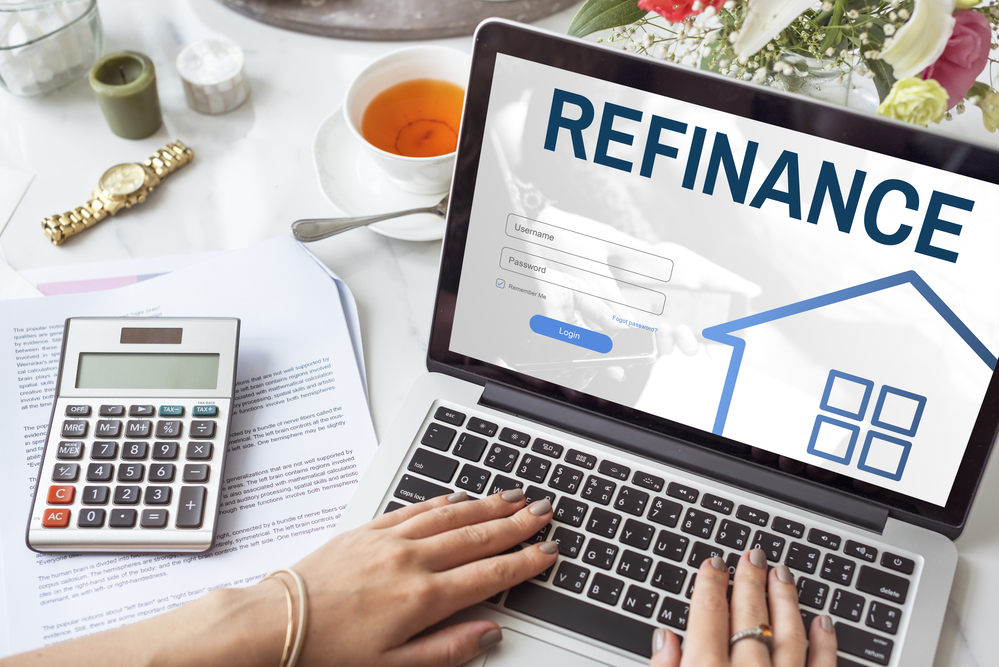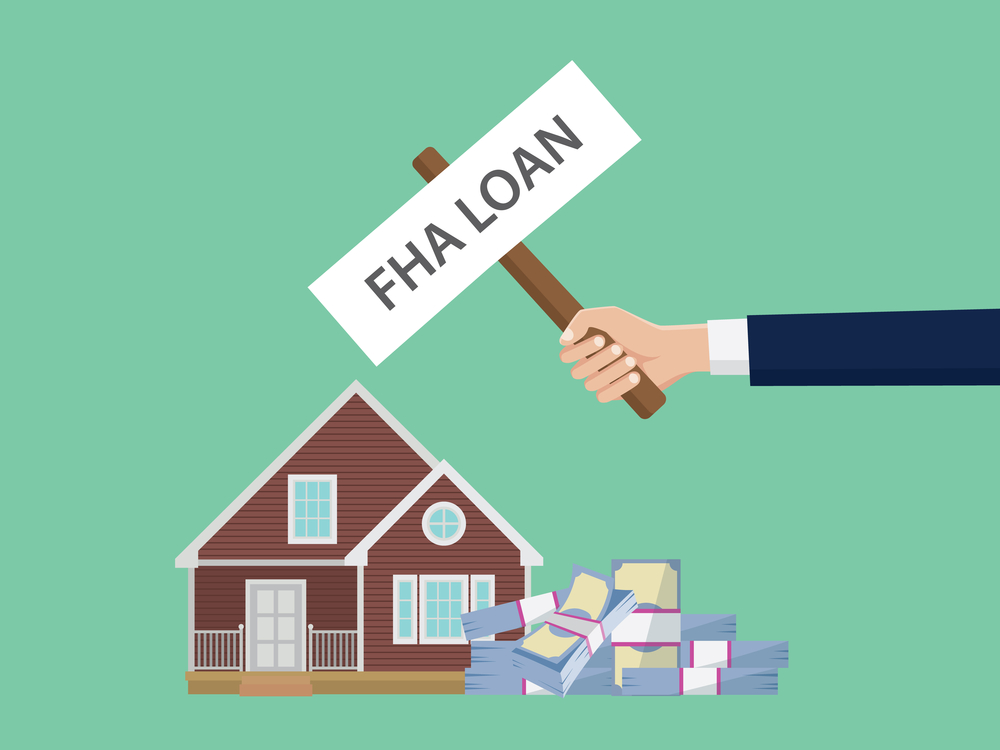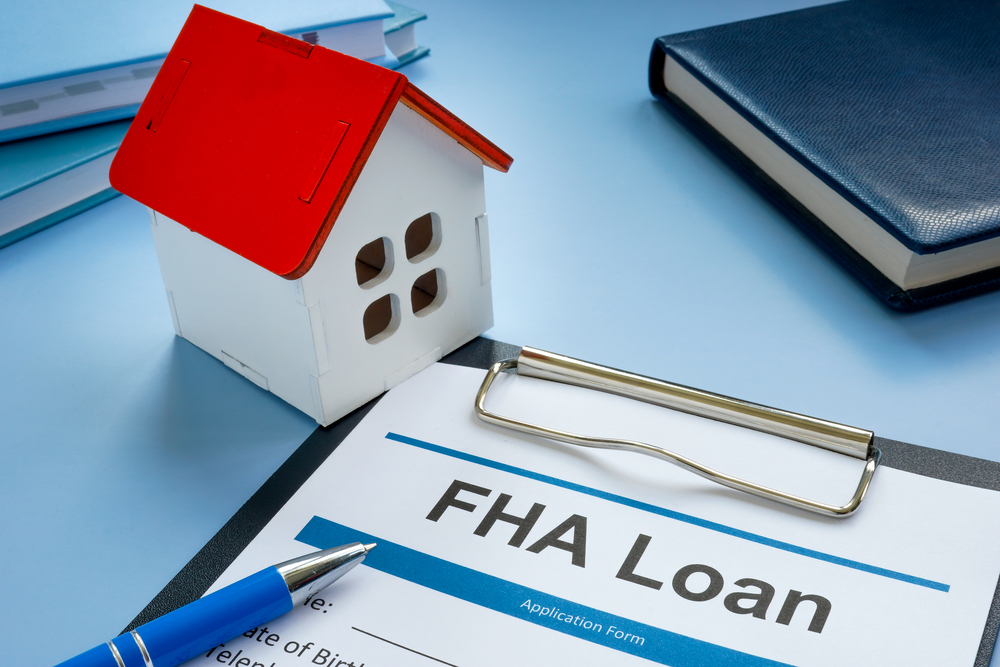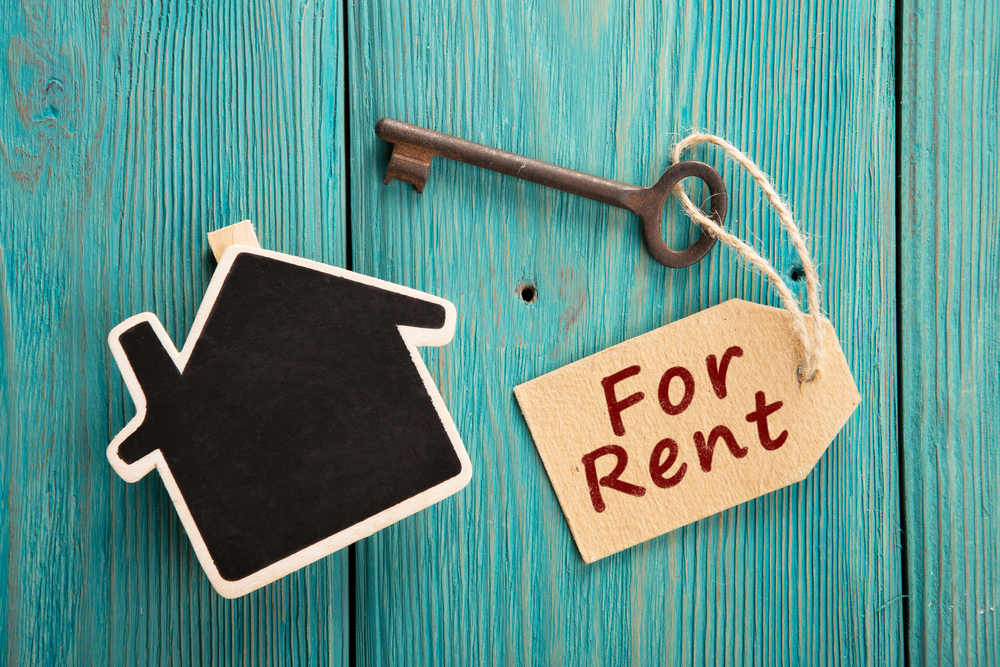Are you hoping to fix up your home but worried about the cost? If so, you’re not alone. Many people want to make their houses safer and more comfortable. But in today’s challenging economic climate, money can be tight. Thankfully, there might be some help available in the form of government home improvement grants.
If you live in Maryland, for example, you could apply for a WholeHome Grant if your house needs critical repairs and your income fits within certain limits.
If you’re looking to learn more about how you may be able to use government support for home renovations, you’ve come to the right place. In this post, we examine who typically qualifies for these kinds of grants — like senior citizens and veterans — and highlight programs that could cover some costs associated with making homes energy-efficient or wheelchair-accessible.
Keep reading to learn more about grant eligibility along with other ways to finance your home improvements. Get ready to transform your living space!
Government home improvement grants: An overview
Making your home a better place to live can be exciting. But it can also be expensive. Repairs and improvements like fixing a leaky roof or replacing insulation can stretch your budget thin. Thankfully, help is out there in the form of government home improvement grants — which might just be what you need to finance your next home improvement project.
Good news: If you’re living in Maryland, you could be eligible for assistance through programs aimed at helping homeowners like you — assuming you qualify for these valuable grants.
In the sections that follow, we’ll walk you through eligibility requirements. We’ll also provide clear steps you can follow to apply for funding without getting tangled in red tape. Read on to see how this article shines a light on turning your house into that dream home with some backing from government agencies.
Government home improvement grants: Eligibility requirements
To be eligible for government home improvement grants, individuals must meet certain criteria. These include being a Native American, veteran or service member, rural resident, senior citizen, or person with disabilities.
These eligibility requirements help ensure that those in need of assistance to cover the costs associated with home repairs and improvements can access the necessary support.
Native Americans
To qualify for government home improvement grants, individuals must be members of federally recognized American Indian tribes or Alaskan native communities. These grants are designed to assist Native Americans in making critical repairs and improvements to their homes, ensuring safe and comfortable living conditions.
Additionally, the Native American Housing Improvement Program provides financial aid for home renovations, accessibility modifications, and energy-efficient upgrades to eligible individuals within these communities.
This initiative aims to support housing repair and improvement projects, addressing the specific needs of Native American homeowners.
The Maryland Department of Housing and Community Development offers resources for loan referrals and information on home improvement programs available to Native Americans seeking assistance with their housing repair needs.
Veterans and service members
Veterans and service members may be eligible for government home improvement grants through agencies such as the Department of Veterans Affairs. Eligibility criteria often include requirements regarding length of service, discharge status, and specific disabilities related to military service.
Additionally, veterans may have access to specialized resources and support offered by veteran-focused organizations within their local communities.
Rural residents
Rural residents may qualify for government home improvement grants if they meet specific eligibility criteria. These programs aim to assist individuals living in rural areas who may face challenges in accessing adequate housing repair and improvement resources.
Factors such as household income, age, and residence in designated rural regions are taken into consideration when determining eligibility for these grants.
Citizens and permanent residents living in Maryland can access housing grants provided by the state government to support their home renovation needs. For Native Americans and veterans residing in rural areas, there are assistance programs available to help with property maintenance and accessibility modifications.
Seniors
Senior citizens — those aged 62 or older — may qualify for government home improvement grants to assist with critical repair needs. Their eligibility is determined by factors such as household debt to income ratio.
Seniors can access resources for loan referrals and information about home improvement programs through the Maryland Department of Housing and Community Development. These grant and loan programs aim to help seniors maintain safe and comfortable living environments, ensuring that they have the support needed to make necessary home repairs in a timely manner.
The availability of various government-funded assistance programs underscores the commitment to helping seniors age in place safely, ensuring that their homes remain functional throughout their retirement years.
Persons with disabilities
Persons with disabilities can qualify for government home improvement grants to make necessary modifications and improvements to their homes. Eligibility criteria may vary, but individuals with disabilities — including physical or mental impairments — often qualify for assistance programs.
Additionally, applicants must meet specific income requirements and eligibility guidelines set by the relevant housing agencies. If you’re making six figures or more, chances are you can probably afford home improvement projects out of pocket.
Furthermore, government home improvement grants can help cover the costs of accessibility modifications — such as ramps or widened doorways to improve mobility within the home.
If you have a disability, you should explore these resources to find out whether you can improve your living conditions and maintain independence — all without breaking the bank.
Types of government home improvement grants
From the Home Investment Partnerships Program and Section 504 Home Repair Program to the Native American Housing Improvement Program and more, there’s no shortage of potential grants available to Maryland residents.
Home Investment Partnerships Program
The Home Investment Partnerships Program provides funding to state and local governments to create affordable housing opportunities for low-income households. It enables communities to address a range of affordable housing needs, including home repair, rehabilitation, and new home construction.
This program aims to expand the supply of decent, safe, sanitary, and affordable housing.
One option within the Home Investment Partnerships Program is the Single Family Housing Repair Loans & Grants program that offers loans and grants to very-low-income homeowners for repairing their homes in eligible rural areas.
The program assists elderly and disabled individuals who cannot afford necessary repairs on their own homes. To further support this initiative, it’s important for homeowners who meet the requirements not to overlook this valuable resource as they plan their home improvement projects.
Section 504 Home Repair Program
The Section 504 Home Repair Program allows eligible homeowners to access loans and grants for repairing, improving, or modernizing their homes. This program is specifically designed for low-income individuals with disabilities.
The objective is to make homes more accessible and safer by providing financial assistance for necessary repairs, modifications, or improvements. Through this program, qualifying individuals can receive funds to address issues such as structural problems, electrical hazards, plumbing deficiencies, and accessibility modifications.
Additionally, the Section 504 Home Repair Program offers subsidies that cover the cost of labor and materials needed for home improvements. Applicants must meet specific income requirements to qualify for this assistance program.
Native American Housing Improvement Program
Native American Housing Improvement Program provides valuable resources for eligible members of federally recognized tribes and Alaska natives. By meeting specific criteria — such as owning and living in a property located on trust or restricted lands — individuals can access grants to support crucial repairs, energy efficiency upgrades, and housing rehabilitation.
In addition to these grants, the program also offers loans with low interest rates for more extensive home improvement projects. The assistance provided through this program aims to improve the safety and quality of housing for Native American communities.
Area Agency on Aging
The Area Agency on Aging provides valuable resources and support for seniors seeking home repair assistance. Those 62 or older may be eligible for grants to help with critical repairs or accessibility modifications in their homes.
These grants are designed to improve safety and quality of life for older adults, offering financial aid for home improvements that can make a significant difference in their daily lives.
The agency also offers information on other programs and financing options available to seniors, helping them navigate the process of applying for government home improvement grants.
Department of Veterans Affairs grants
Veterans and service members may be eligible for home improvement grants through the Department of Veterans Affairs (VA). These grants aim to help veterans with disabilities or those requiring accessibility modifications.
Additionally, the VA offers the Specially Adapted Housing Grant (SAH) and the Special Housing Adaptation Grant (SHA) to assist qualifying veterans in making necessary alterations to their homes.
Requirements for eligibility include specific disability criteria, service-related injuries, and homeownership status.
Other financing options for home improvement
Don’t qualify for these grants? Bummer. But that doesn’t mean you’re entirely out of luck.
Consider exploring additional financing options for home improvement such as cash-out refinance, home equity line of credit (HELOC), and weatherization assistance programs to find the best fit for your specific needs.
These options can provide alternative sources of funding for your home improvement projects.
Cash-out refinance
Homeowners looking to fund home improvement projects can consider a cash-out refinance. By refinancing their mortgage for more than the current outstanding balance, homeowners can access the difference in cash.
This option allows them to use their home equity to finance repairs and upgrades, offering flexibility in managing project costs without taking out an additional loan. Eligible Maryland homeowners seeking financial assistance for home improvements should explore this financing avenue as part of their overall strategy.
This option is particularly beneficial for those who have built up significant equity in their homes and want to leverage that equity to undertake necessary repairs or renovations.
Home equity line of credit
After considering a cash-out refinance, homeowners may also explore another financing option known as a home equity line of credit (HELOC). Very simply, HELOCs allow eligible homeowners to access a revolving line of credit using the equity in their homes.
This type of financing is often used for home improvement projects and repairs, offering flexibility with interest payments and withdrawal options.
Weatherization Assistance Programs
Weatherization Assistance Programs offer government support for homeowners to improve energy efficiency and weatherproof their homes. These programs aim to reduce energy costs by providing eligible families with services such as insulation, weather stripping, and minor home repairs.
Additionally, these initiatives enable low-income households to conserve energy and minimize utility expenses while maintaining a comfortable living environment. Eligible individuals may access this assistance through the Maryland Department of Housing and Community Development or similar state-based housing agencies.
Residents who meet certain income requirements can benefit from weatherization assistance programs offered by local governments. As a result, they can reduce their energy bills and contribute to environmental sustainability efforts in their communities.
How to apply for a government home improvement grant
To apply for a government home improvement grant, you need to make sure you meet the eligibility requirements. If you are a Native American, veteran, rural resident, senior citizen, or person with disabilities, you may qualify for assistance programs.
Additionally, you also need to ensure that your household income and age align with the specific criteria set by the program. Once you confirm your eligibility, reach out to your local state government or housing department to obtain information on available grants and loan programs.
The Maryland Department of Housing and Community Development offers resources for loan referrals and details about home improvement programs. Consider reaching out to them as you explore your options.
Government home improvement grants: FAQs
1. Who is eligible for government home improvement grants in Maryland?
Eligibility criteria may vary, but generally, low-income households, seniors, and individuals with specific needs qualify. Factors such as income levels, property ownership, and the nature of improvements required can influence eligibility. Consult local government resources for precise details.
2. What types of home improvements are covered by government grants in Maryland?
Government home improvement grants in Maryland often cover essential repairs, energy efficiency upgrades, and accessibility modifications. Common improvements include roof repairs, HVAC upgrades, weatherization, and adaptations for persons with disabilities. Specific grant programs may have distinct focus areas. As such, applicants should review available programs carefully.
3. How can Maryland residents apply for government home improvement grants?
The application process typically involves contacting relevant government agencies or non-profit organizations overseeing the grant programs. Documentation such as proof of income, property ownership, and a detailed project proposal may be required. Check with the Maryland Department of Housing and Community Development or local housing authorities for application procedures and deadlines.
Are government home improvement grants right for you?
Government home improvement grants are available for various groups, including Native Americans, veterans, seniors, rural residents, and persons with disabilities. These programs aim to assist homeowners in maintaining and improving their properties.
Eligibility criteria consider factors such as age, income level, property location, and tribal affiliation. Applying for these grants can provide valuable financial support for essential home repairs and accessibility modifications.
Assuming you meet the criteria and qualify, you should explore this kind of financial assistance. You never know when you might be able to secure free money to make your house a place you like even more.





















